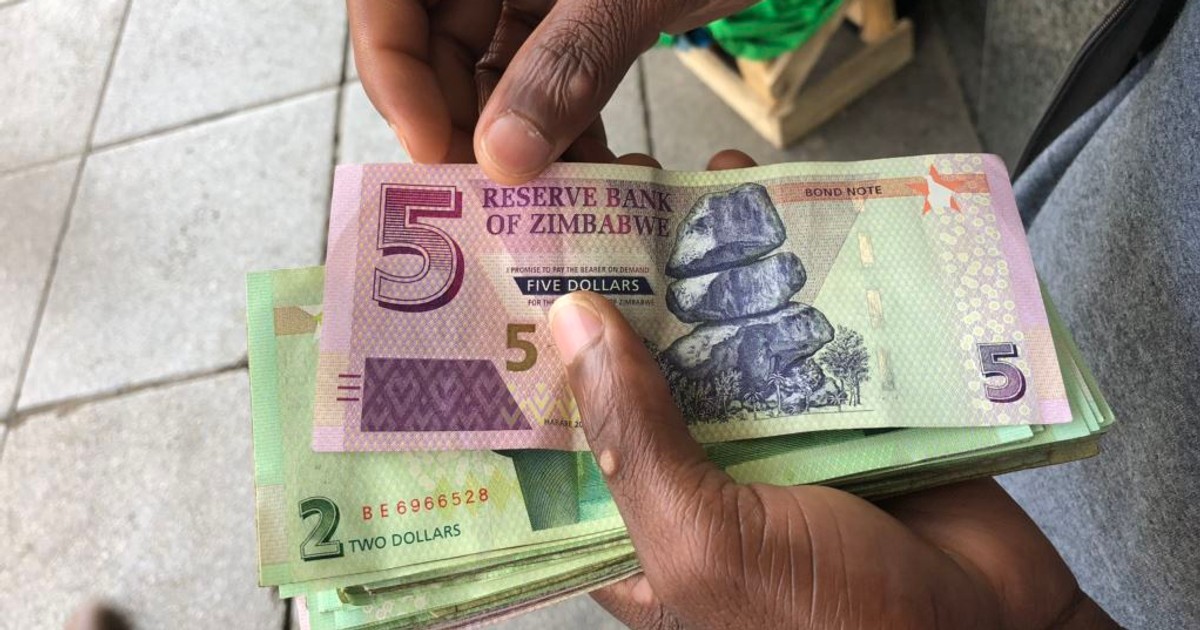The World of Currencies: Exemptions and Exceptions
Currency is a vital part of a country’s identity, but not all nations have their own money. The United States has the US Dollar, and the United Kingdom has the British Pound, but did you know that some countries have opted out of having their own currency? Instead, they use another nation’s currency. Why would a country give up on having its own money? Let’s dive into the reasons behind this unconventional approach.
Economic stability, reduced inflation, and attracting foreign investors are just a few reasons why some countries have abandoned their own currency. By adopting another country’s currency, they can maintain a stable economy while also drawing in foreign investment and expertise.
So which countries have taken this route? Let’s take a look at five countries that don’t use their own currency and what they’ve chosen to use instead.
First up, we have Ecuador, which has chosen to use the US Dollar as its official currency. This move was made in 2000 to combat high inflation and stabilize the economy.
Which countries have followed suit? Stay tuned to find out.
Image description: [Insert image here]
Unconventional Currencies: Ecuador and Zimbabwe’s Unusual Paths
Rather than creating their own currencies, two countries have chosen to use the US Dollar as their official currency, with unique consequences for their economies and citizens.
Ecuador’s decision to adopt the US Dollar in 2000 aimed to stabilize its economy, which was struggling with high inflation and a financial crisis. The move brought stability and restored investor and public confidence. However, it also meant the country couldn’t make its own monetary policies or print more money as needed.
Zimbabwe: A Tale of Hyperinflation and Currency Chaos
Zimbabwe’s story began with its own currency, the Zimbabwean Dollar, but it was ravaged by hyperinflation, resulting in one of the worst cases of inflation in history. By 2008, prices had doubled daily, and people needed to carry massive amounts of cash to purchase basic necessities.
In 2009, Zimbabwe abandoned its Zimbabwean Dollar and switched to a multiple-currency system, featuring the US Dollar and South African Rand. This stabilized prices, but also made the country dependent on the economic conditions of other nations. Today, Zimbabwe has reintroduced its local currency, but many people still prefer to use US Dollars.
Here’s a rewritten version of the article:
3. Panama
Panama, a small country in Central America, has been using the US Dollar as its official currency since 1904. Although it has its own currency, the Balboa, it’s only available in coins and has the same value as the US Dollar. In fact, the US Dollar is used extensively in Panama, making it easier to trade and attracting significant investment from the United States. However, like Ecuador, Panama has limited control over its monetary policies.
4. Kosovo
Kosovo, a country in the Balkans, declared its independence from Serbia in 2008. A tumultuous past, marked by war and unrest, has had a significant impact on the economy. Despite not being a member of the European Union, Kosovo has adopted the Euro as its official currency, a move that’s helped stabilize the economy.
[Image: Kosovo uses the Euro as its official currency [KosovoOnline]]
Note: The image has been removed from the original version and converted to a brief caption.**Currency Choices: Shaping the Economies of Small Nations**
**5. East Timor (Timor-Leste)**
East Timor, a small Southeast Asian country, gained independence from Indonesia in 2002. To promote economic stability and facilitate international trade, the country opted to use the US Dollar as its official currency. This decision has been beneficial for East Timor, allowing it to attract foreign investment and engage in trade with other countries.
This move has come with some limitations, however. As East Timor does not have control over its own currency, it cannot set its own interest rates or print more money. Despite this, the stability of the US Dollar has been pivotal in helping the country recover from years of conflict.
**[Image: East Timor chose to use the US Dollar as its currency [AdobeStock]]**
The use of a foreign currency has provided East Timor with a degree of stability, which has been essential for a nation rebuilding after years of turmoil. While the country’s economic decisions may be subject to external influences, the benefits of using the US Dollar have outweighed the potential drawbacks.
This content was created with the help of an AI model and verified by the writer.



